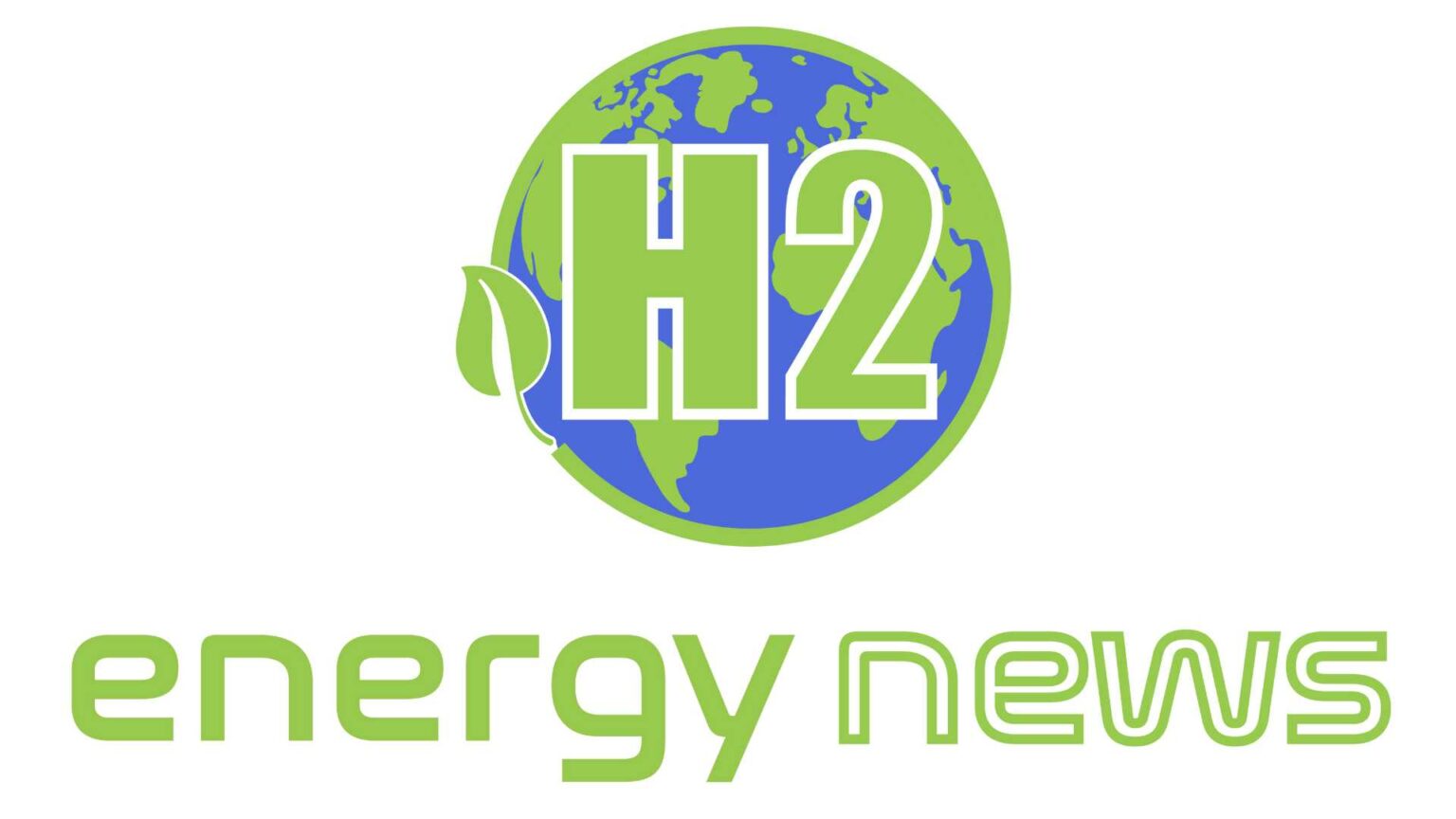As significant as the internal combustion engine has been for the advancement of society, it is also a major source of pollution that harms human health and carbon emissions that contribute to the climate problem.
Transportation accounts for approximately 30% of U.S. carbon emissions, and 95% of transportation uses fossil fuels.
Using hydrogen fuel cells, which release only water vapor, to power automobiles might be one potential solution. However, this sustainability approach contains an inherent irony that is not sustainable: Catalysts required to extract energy from hydrogen are comprised of rare and expensive metals such as platinum. Widespread adoption of this technology would necessitate greater quantities of these metals than are obtainable by humans.
A UCLA professor’s latest article in Nature Nanotechnology may mark a turning point. The researchers described a strategy that enabled them to surpass the Department of Energy’s ambitious goals for high catalytic performance, high stability, and minimal platinum consumption. Their record-breaking approach utilized nanocrystals of a platinum-cobalt alloy, each encased in a nanopocket formed of graphene, a two-dimensional material with a single-atom-thick carbon layer.
Compared to the demanding DOE standards for catalysts, which have not been satisfied until now, the graphene-wrapped alloy developed by the authors produced amazing results.
75 times higher catalytic activity; 65% more power; roughly 20% more catalytic activity at the predicted end of the fuel cell’s life; about 35% less power loss after simulating 6,000 to 7,000 hours of operation, achieving the target of 5,000 hours for the first time; nearly 40% less platinum per car.
“This has never been accomplished before,” said corresponding author Yu Huang, professor and chair of the Department of Materials Science and Engineering at the UCLA Samueli School of Engineering and member of the California NanoSystems Institute. This discovery was the result of some serendipity. We knew we were on to something that could stabilize tiny particles, but we did not anticipate it to work so well.”
Currently, fifty percent of the global supply of platinum and comparable metals is used for catalytic converters in automobiles powered by fossil fuels, a component that reduces the toxicity of their emissions. Per vehicle, between 2 and 8 grams of platinum are required. Current hydrogen fuel cell technology consumes approximately 36 grams per car.
Each hydrogen-powered car would only require 6.8 grams of platinum at the lowest platinum load assessed by Huang and her team.
So how did the researchers increase the efficiency of less platinum? They reduced the platinum-based catalyst to particles measuring an average of three nanometers in length. It would take more than 30,000 nanoparticles arranged end-to-end to span the thickness of a single sheet of paper. Smaller particles have a larger surface area, and a larger surface area provides more space for catalytic action.
However, there is a catch that has thwarted earlier attempts to improve performance by downsizing hydrogen fuel cell catalysts. On their own, smaller particles are also far less durable, as they tend to detach from a surface or clump together to form larger ones.
Huang and her colleagues overcame this barrier by coating their catalyst particles in graphene, a two-dimensional material. Compared to bulk carbon, such as that found in coal or pencil lead, such thin layers of carbon offer astonishing capabilities, carrying electricity and heat efficiently and exhibiting 100 times the strength of steel at a comparable thickness.
Their alloy of platinum and cobalt was reduced to particles. Before being incorporated into a fuel cell, the particles were encased in graphene nanopockets, which worked as a sort of anchor to prevent the particles from moving – a need for the level of durability required in commercial cars. At the same time, the graphene provided for a 1 nanometer space around each catalyst nanoparticle, enabling crucial electrochemical reactions to take place.
Huang remarked, “It’s fairly intuitive.” If you put a cap on the particle that allows the reaction to continue but confines the particle to its location, you will solve the durability issue, which is difficult to achieve on such a small scale.
Following a recent collaborative study led by Huang that established a model for forecasting the catalytic activity and durability of a platinum-based alloy that can be used to guide the design of catalysts, this most recent development is the first of its kind. She and her colleagues are striving to transform their experimental findings into marketable technologies that will ideally contribute to green energy and sustainability initiatives.
UCLA postdoctoral researcher Zipeng Zhao and doctorate student Zeyan Liu are the study’s co-first authors. Other UCLA authors include PhD students Ao Zhang, Wang Xue, and Bosi Peng, as well as Xiangfeng Duan, professor of chemistry and biochemistry at UCLA College and CNSI member. Xiaoqing Pan and Xingxu Yan, both members of the UC Irvine faculty, assisted in the imaging of graphene nanopockets.





